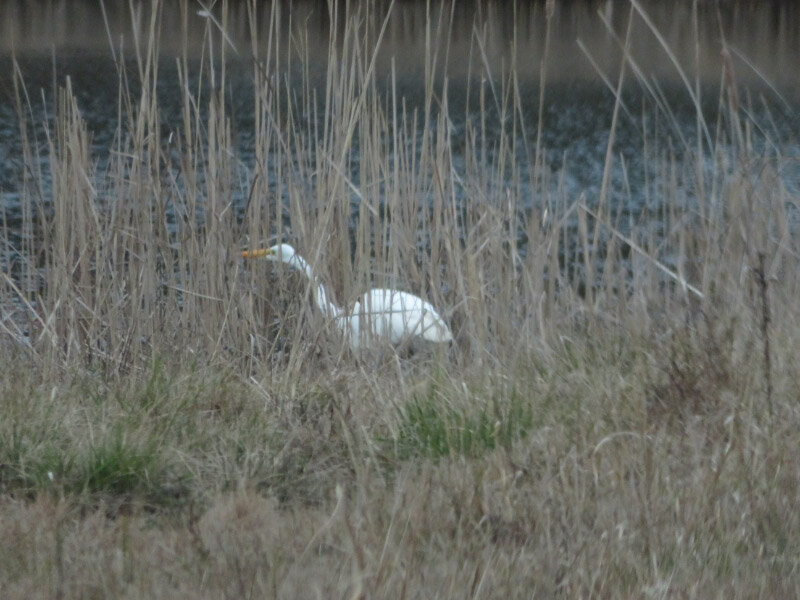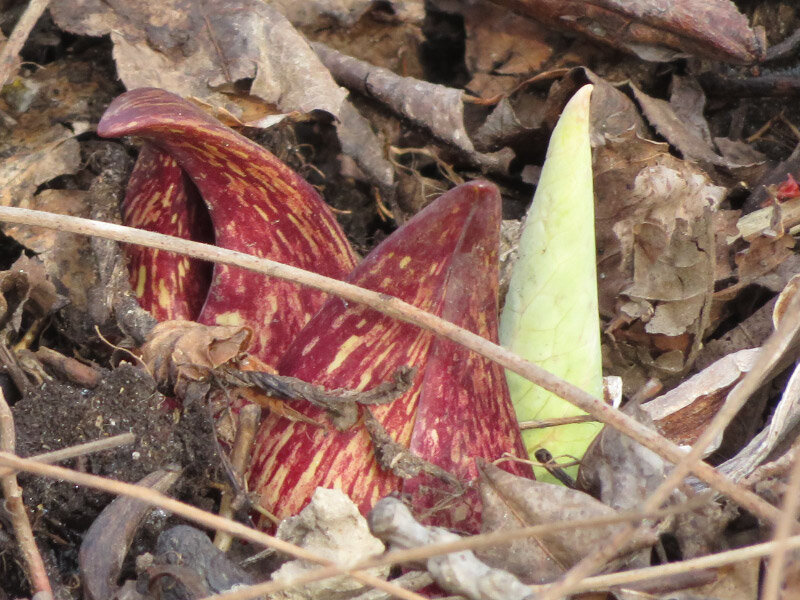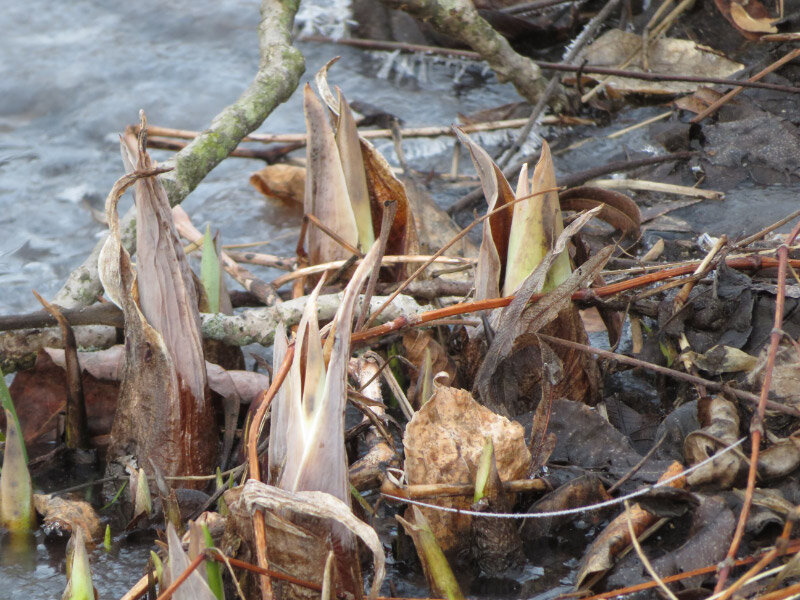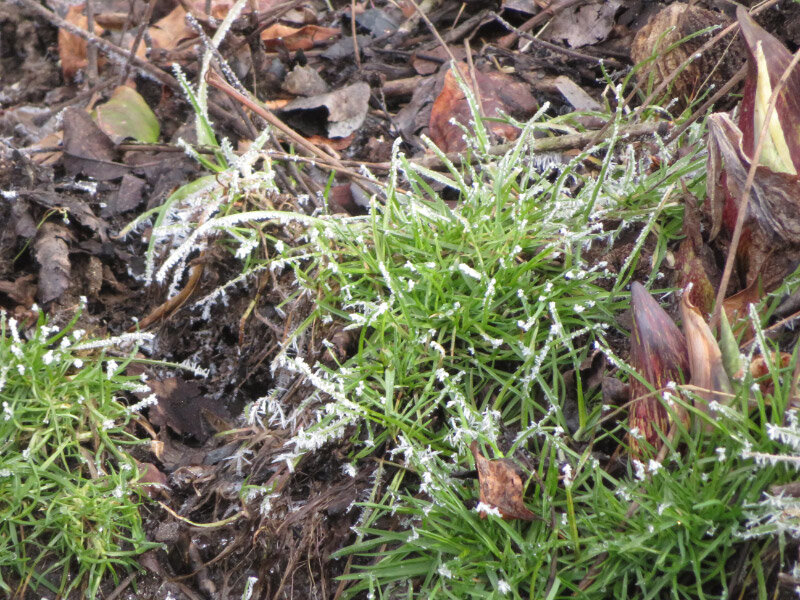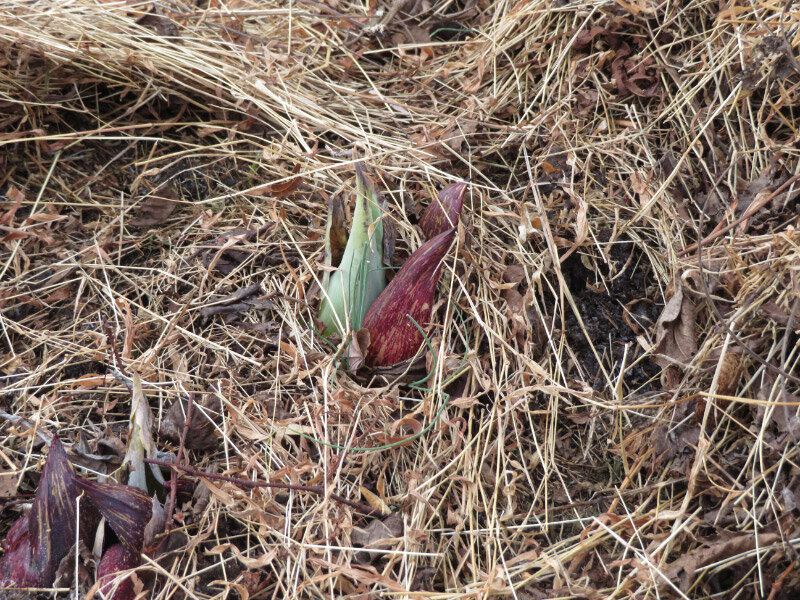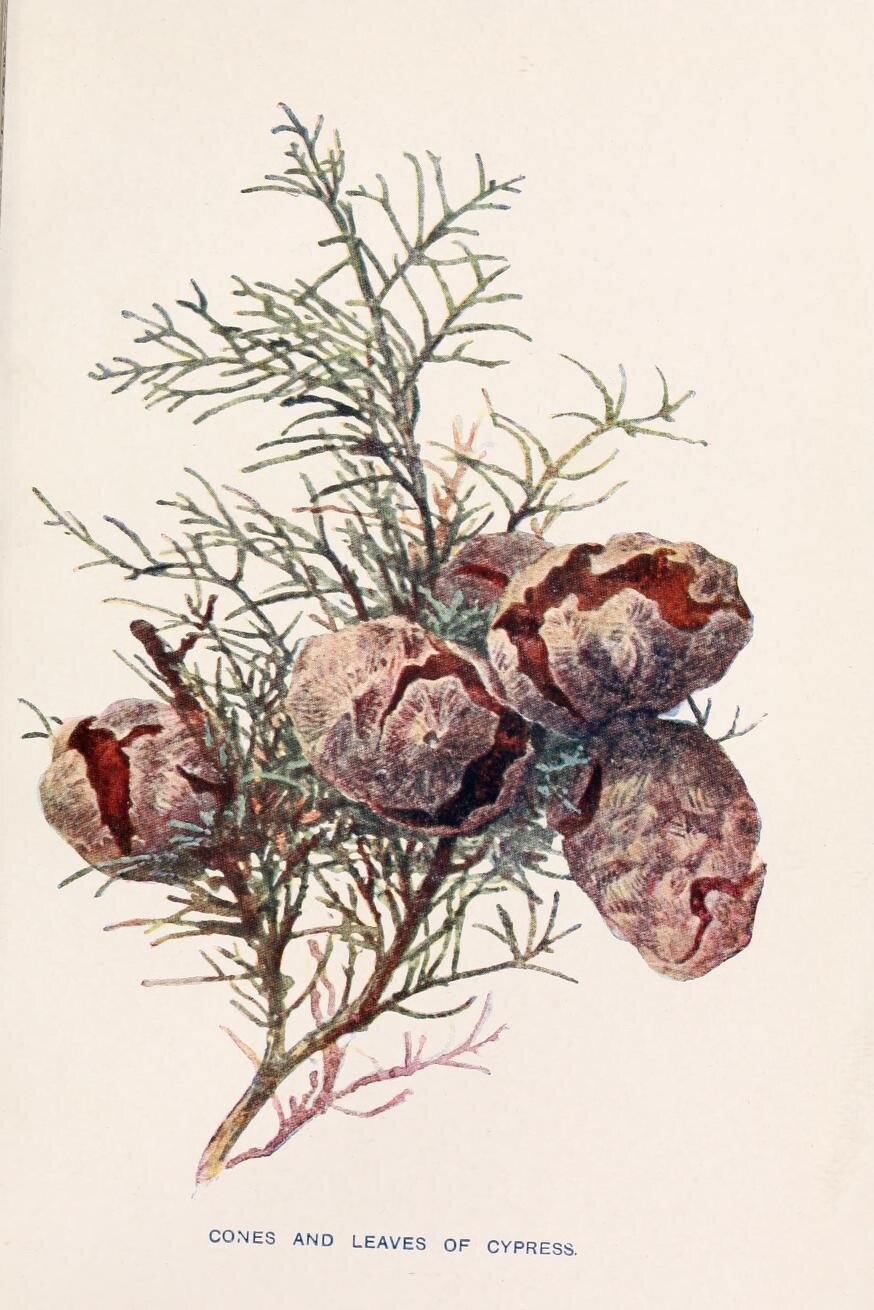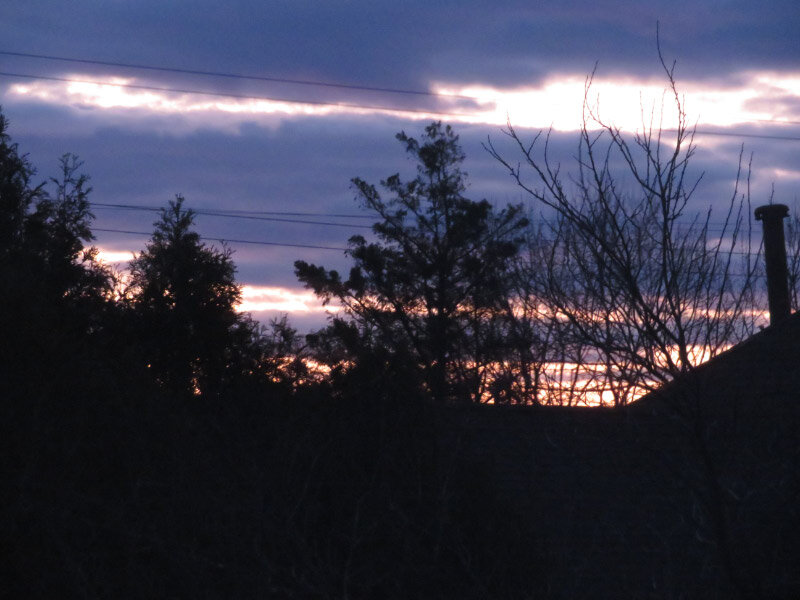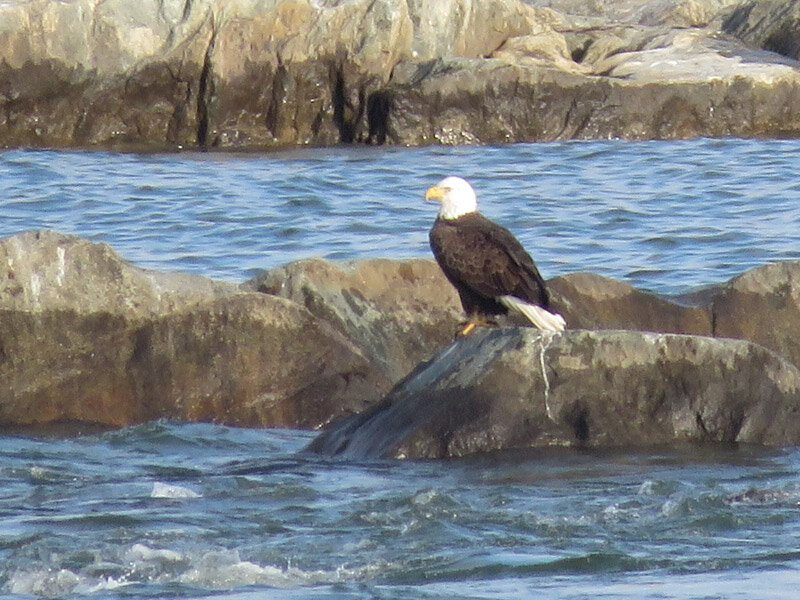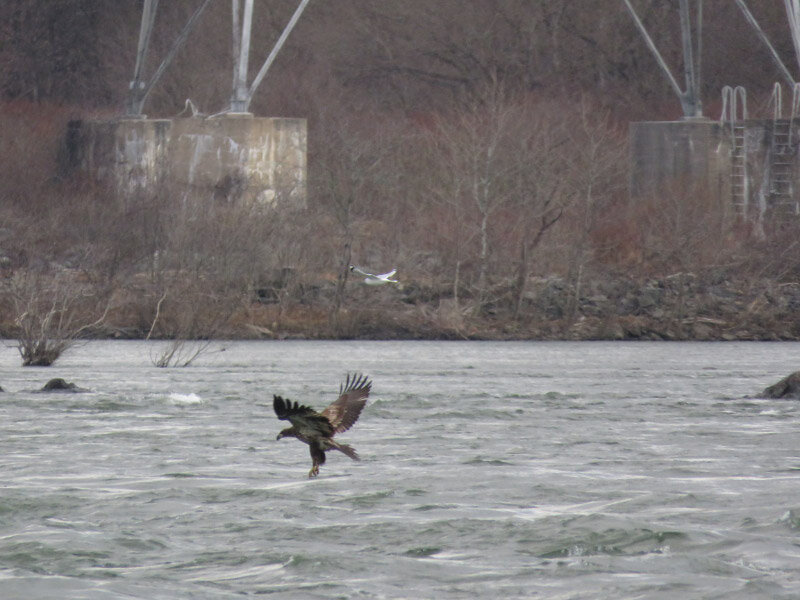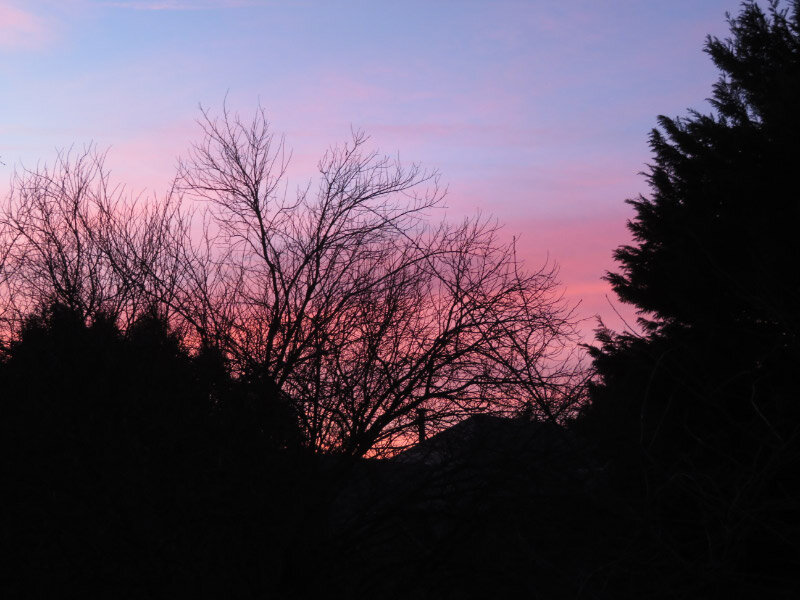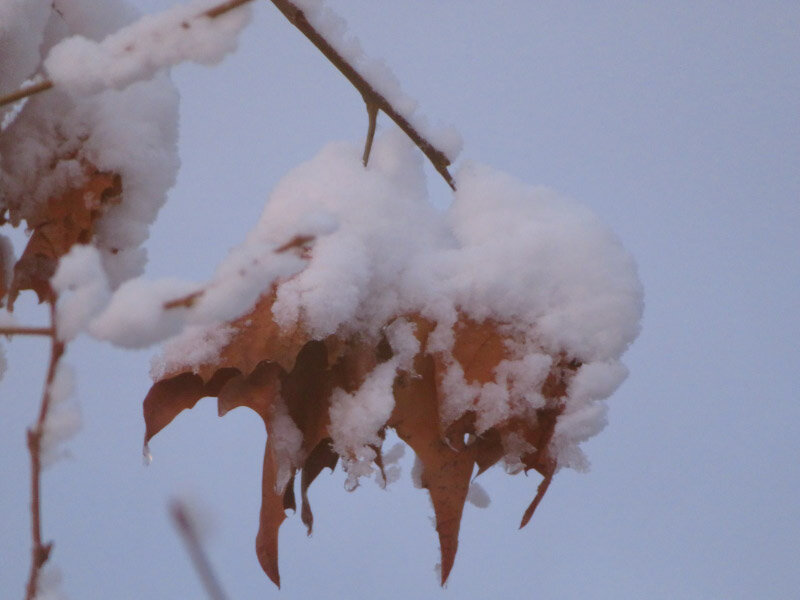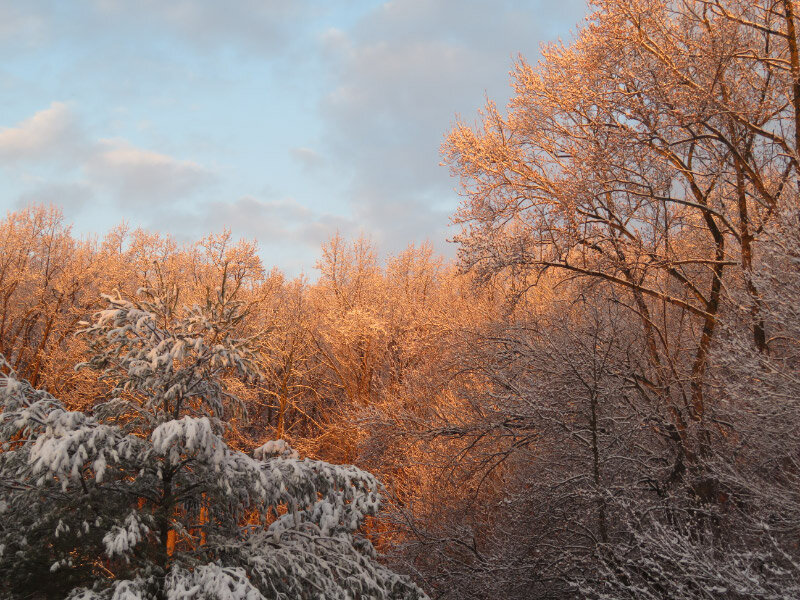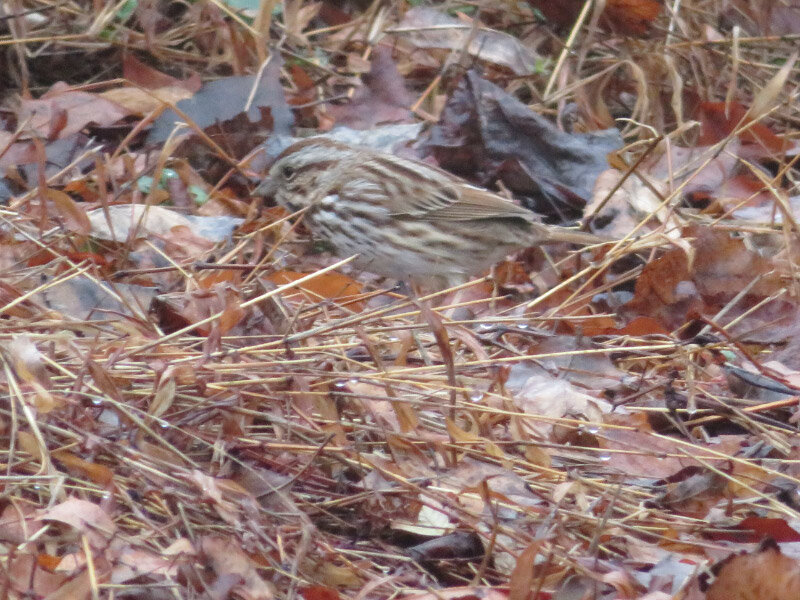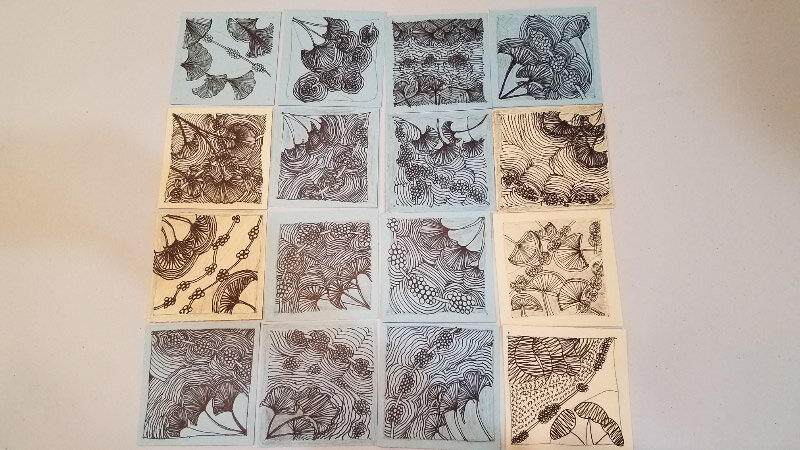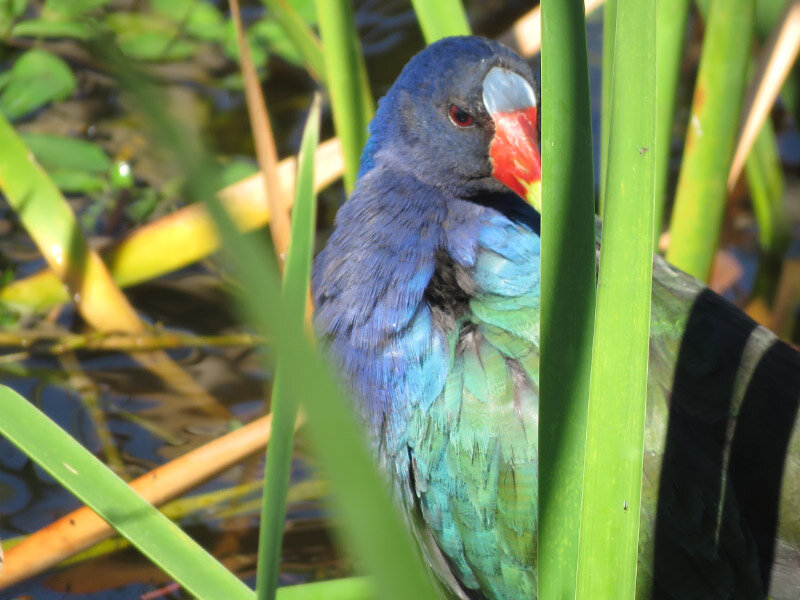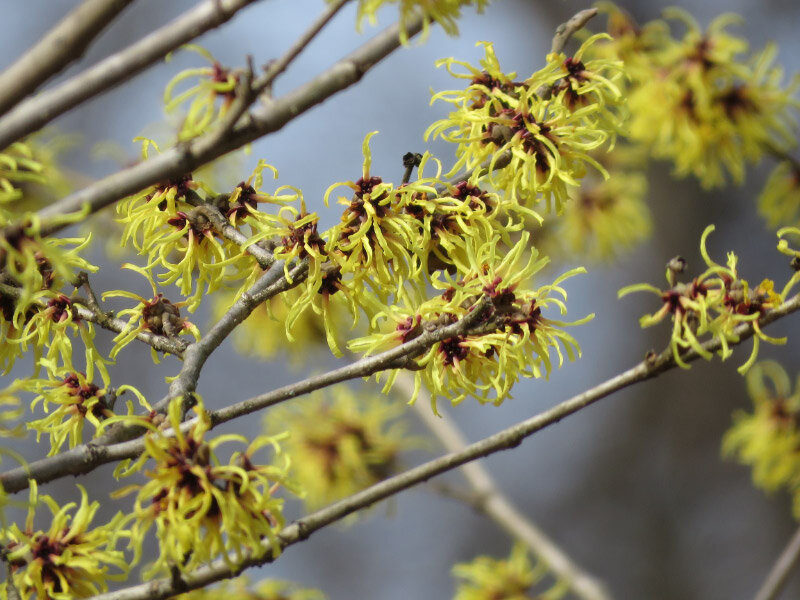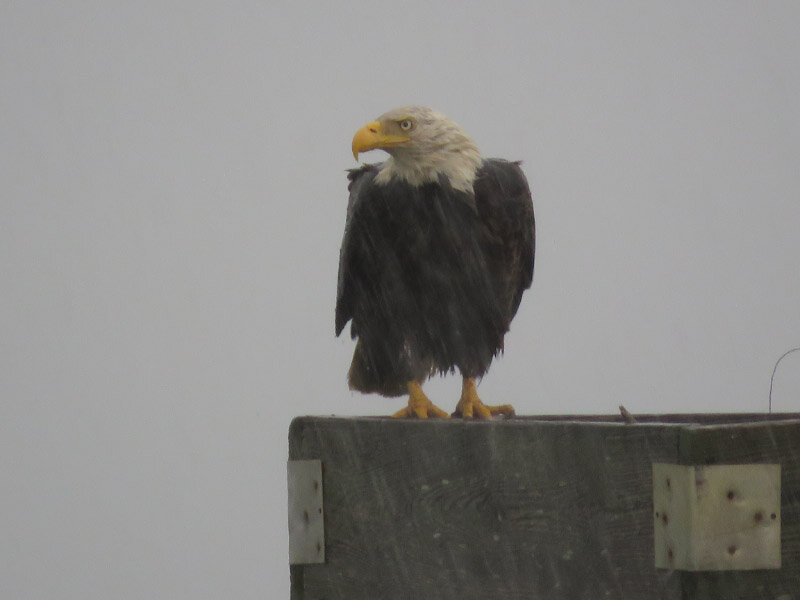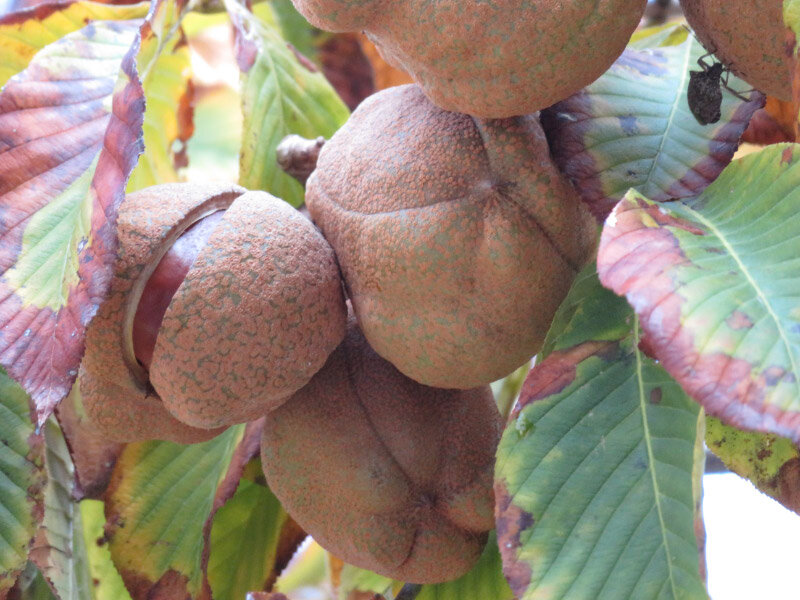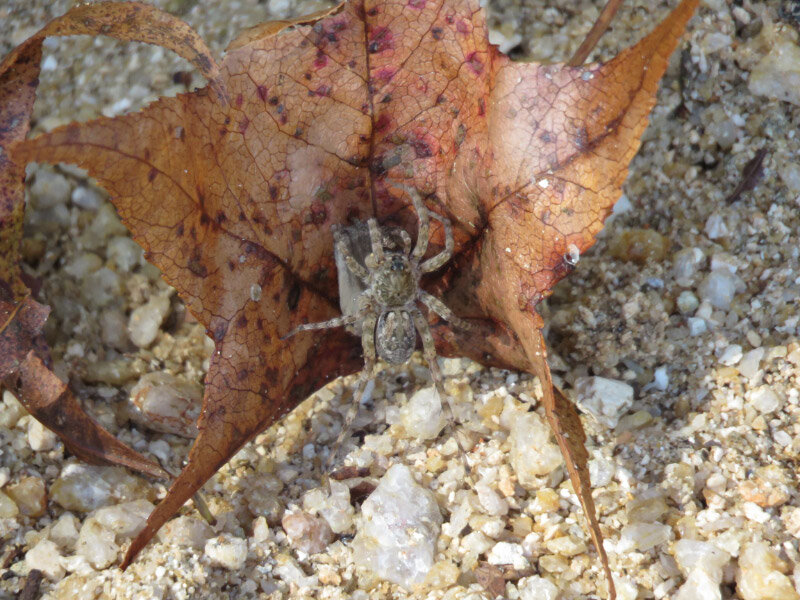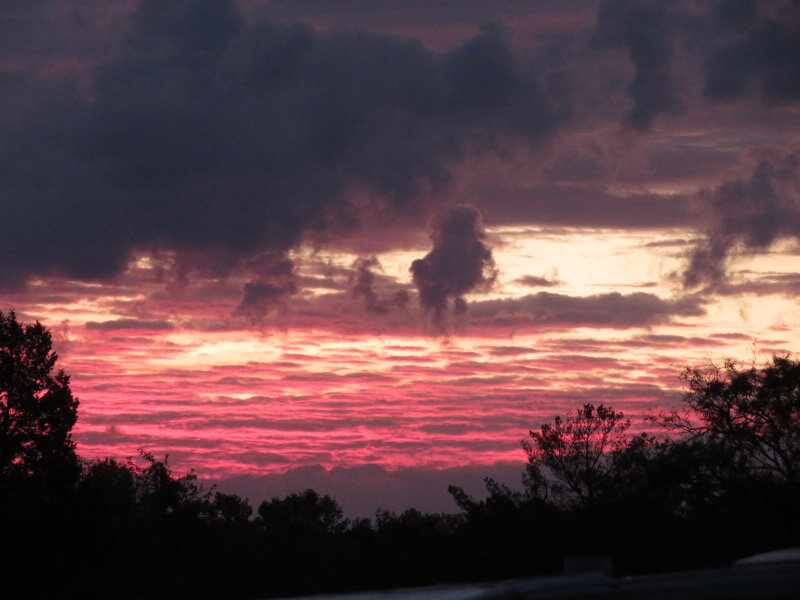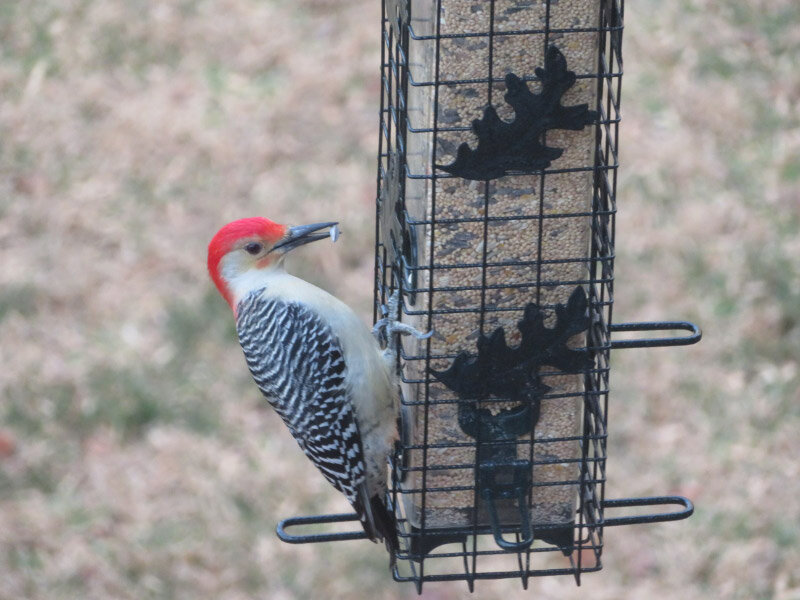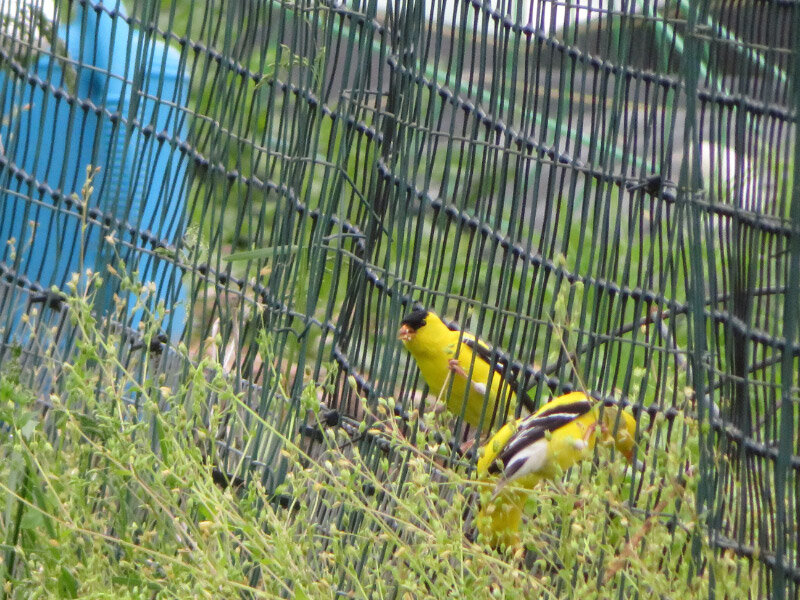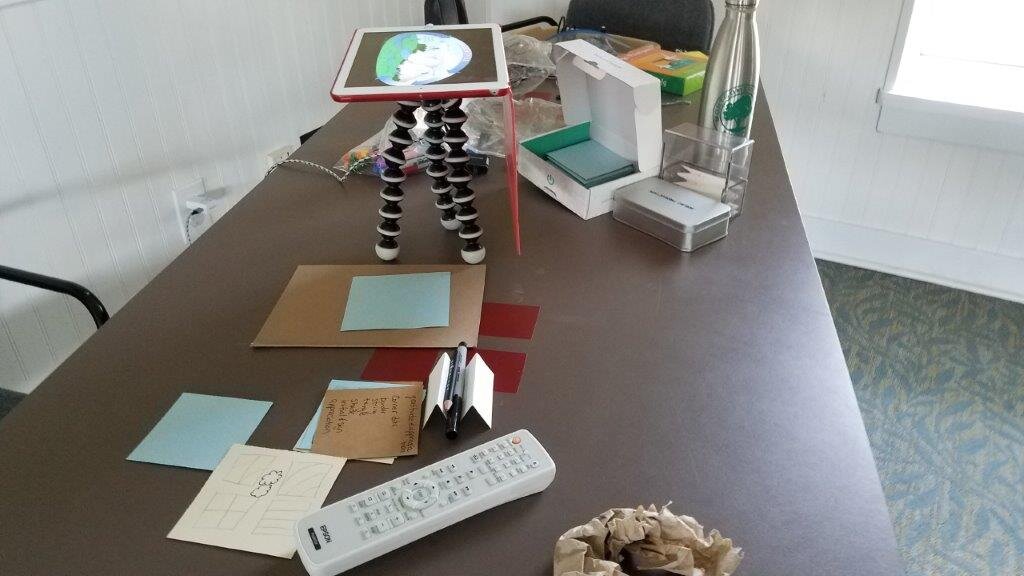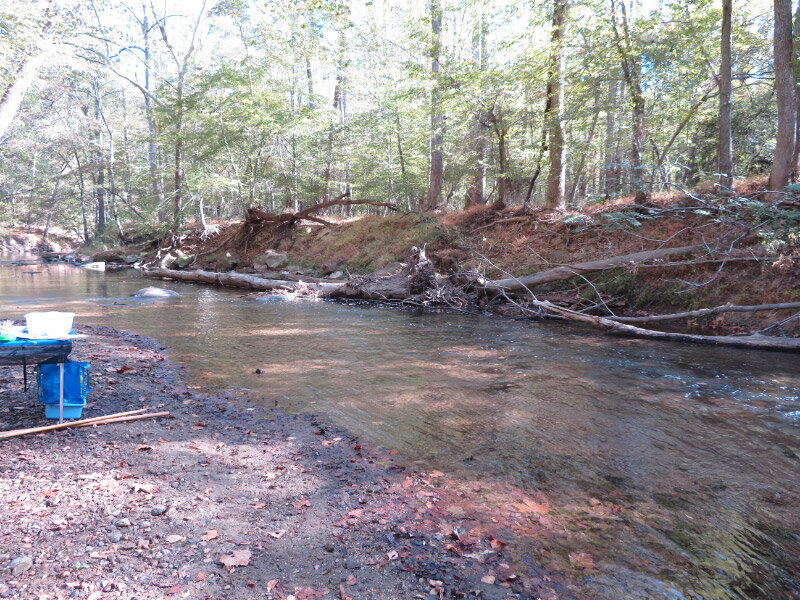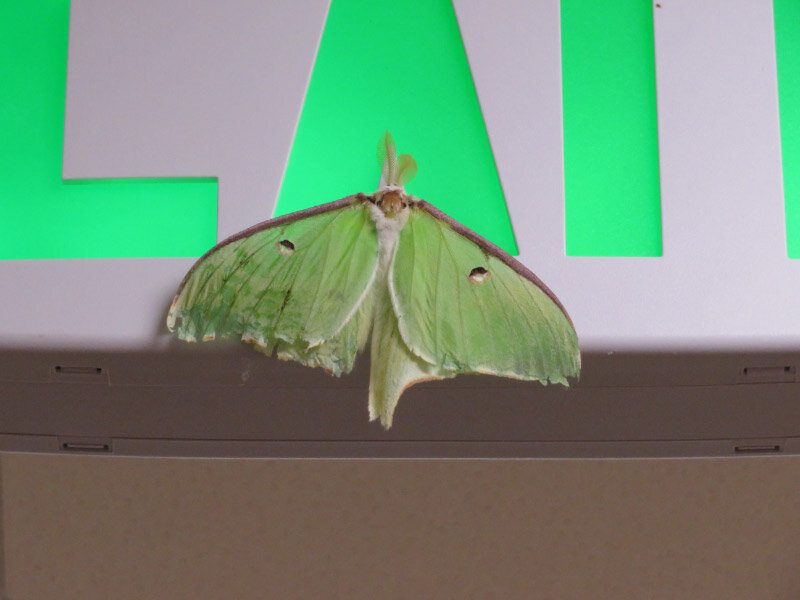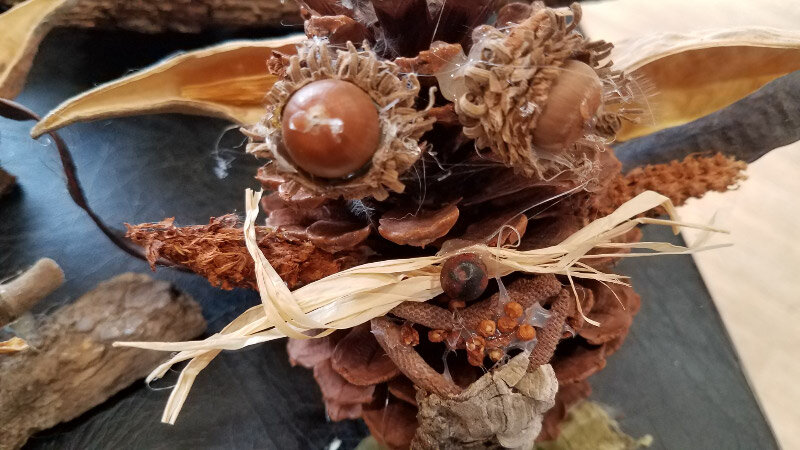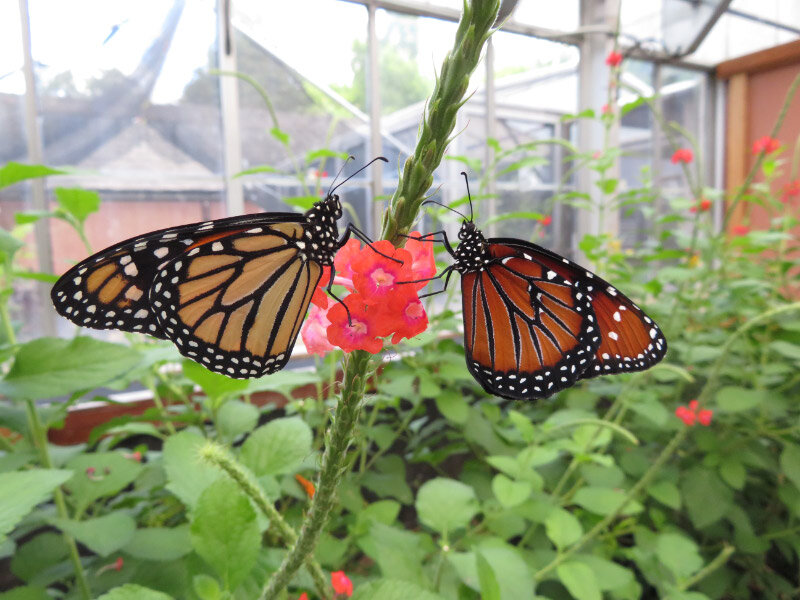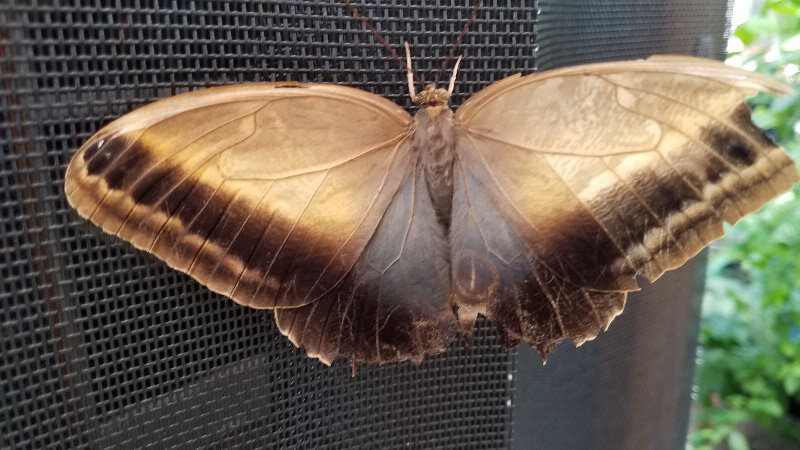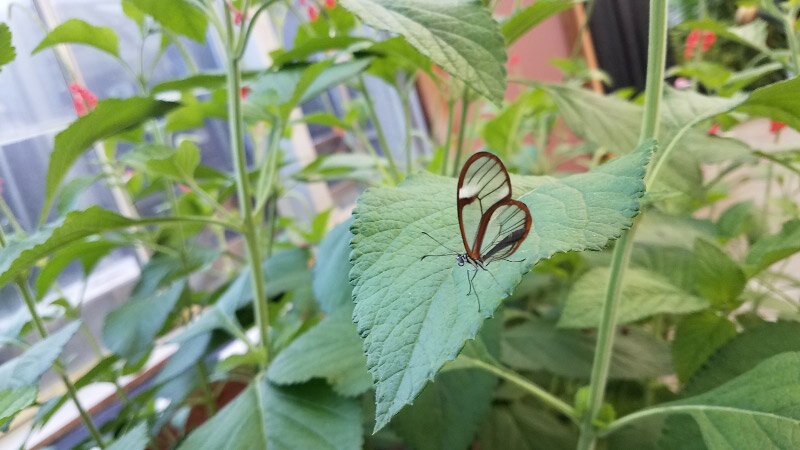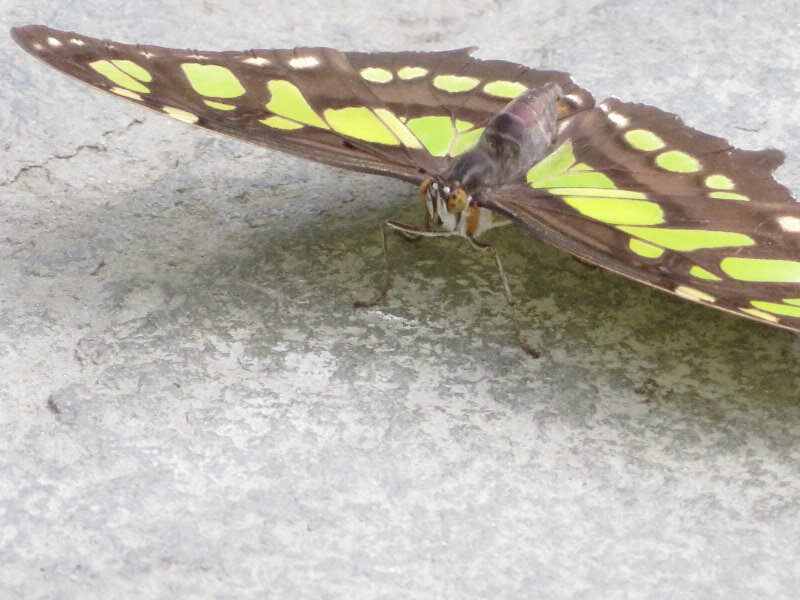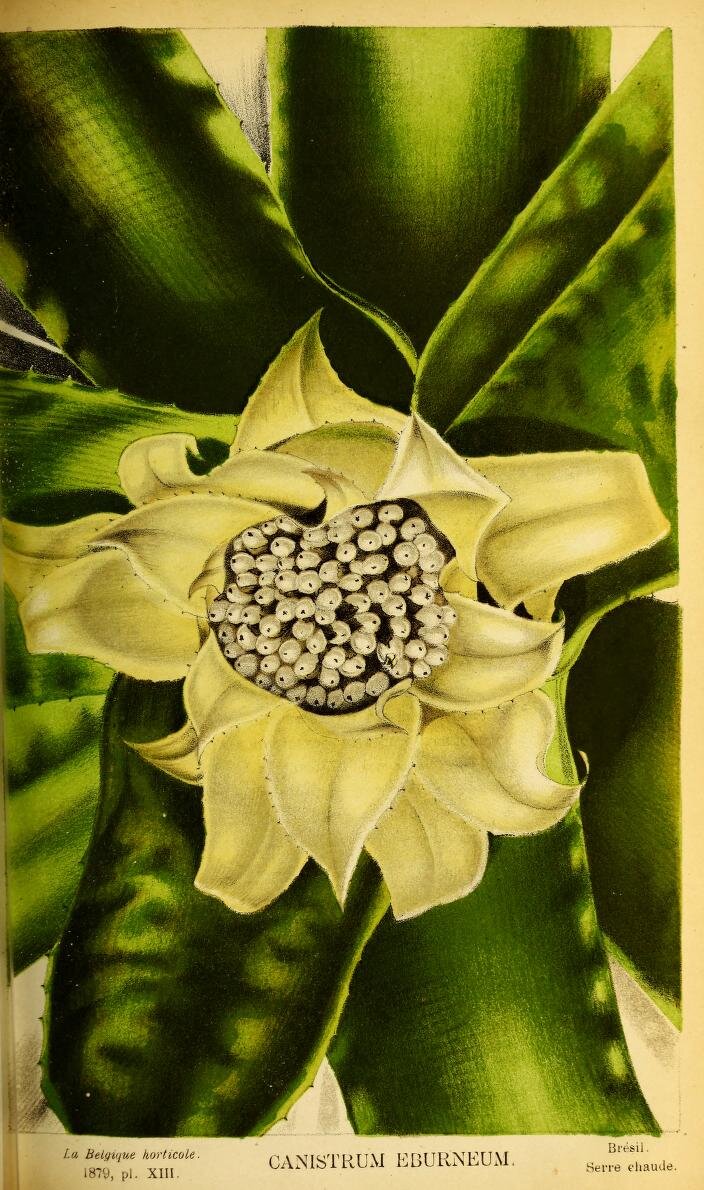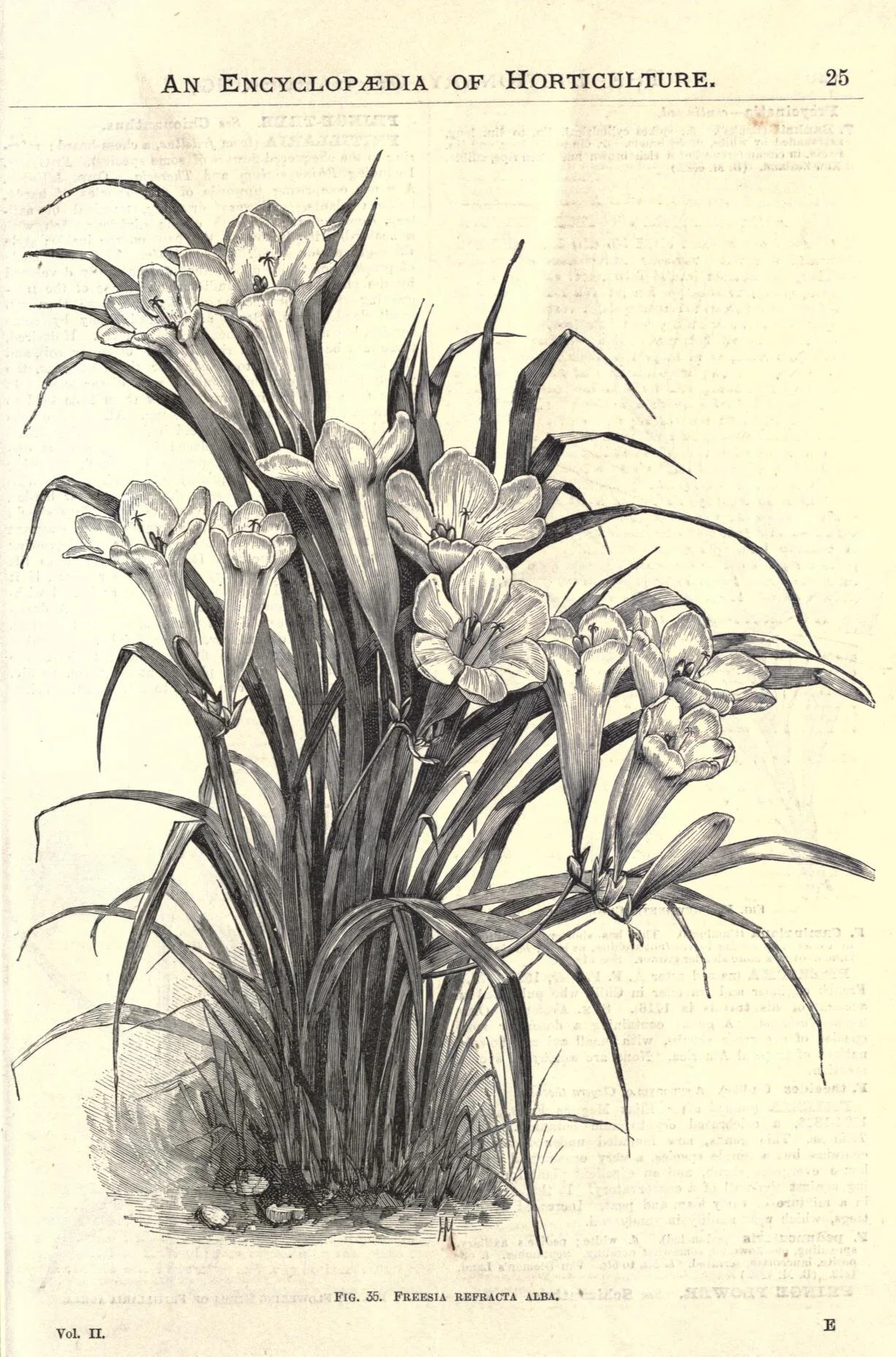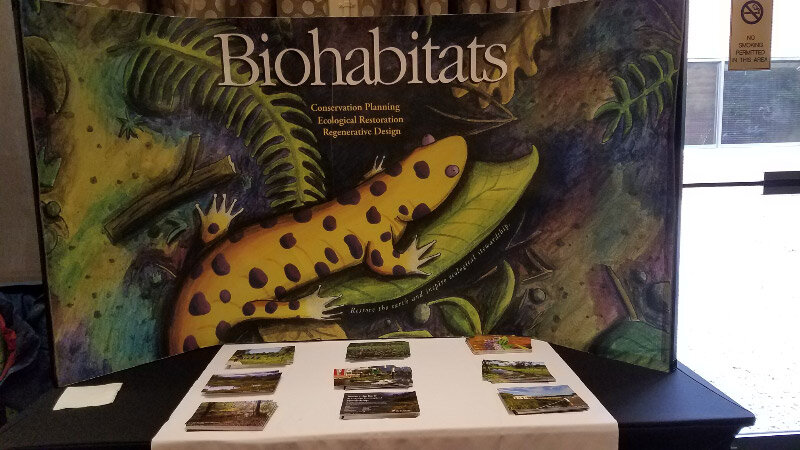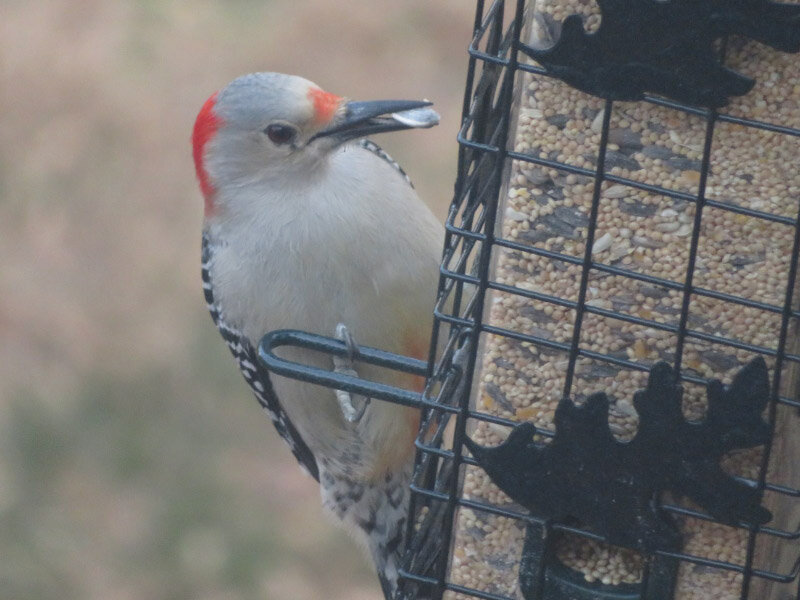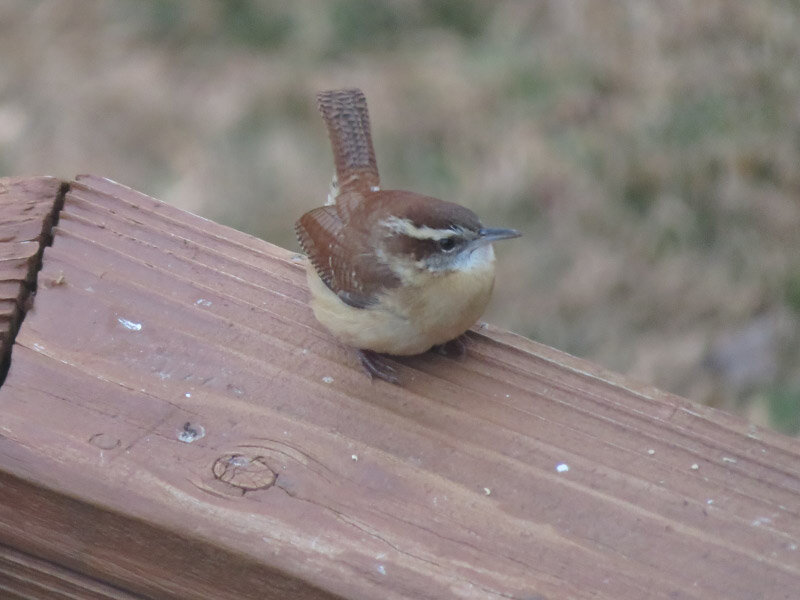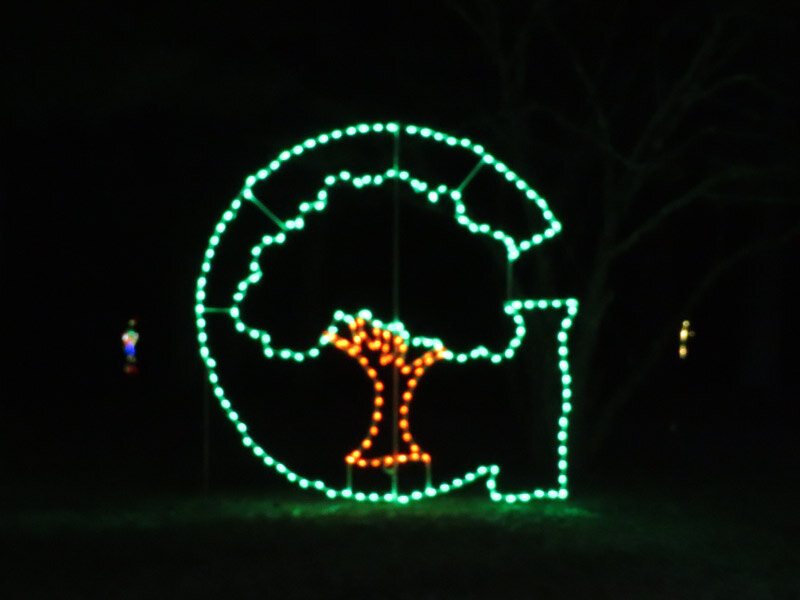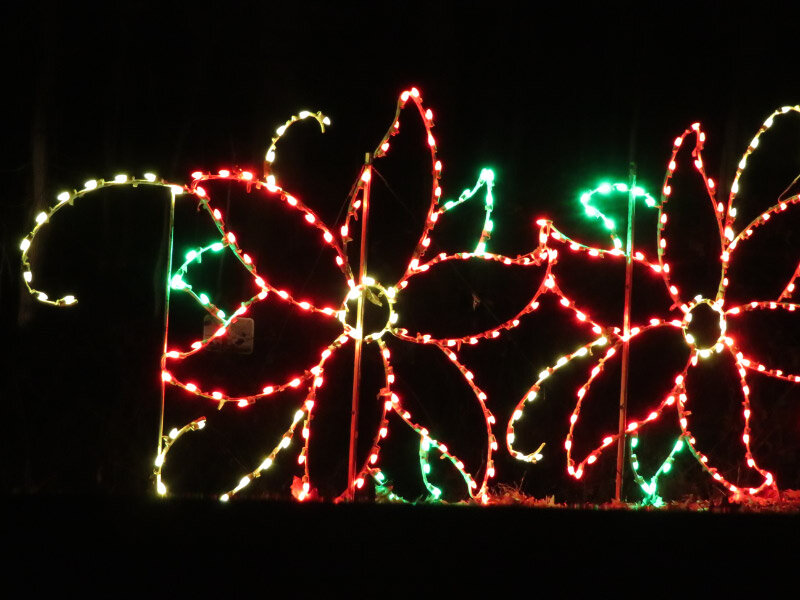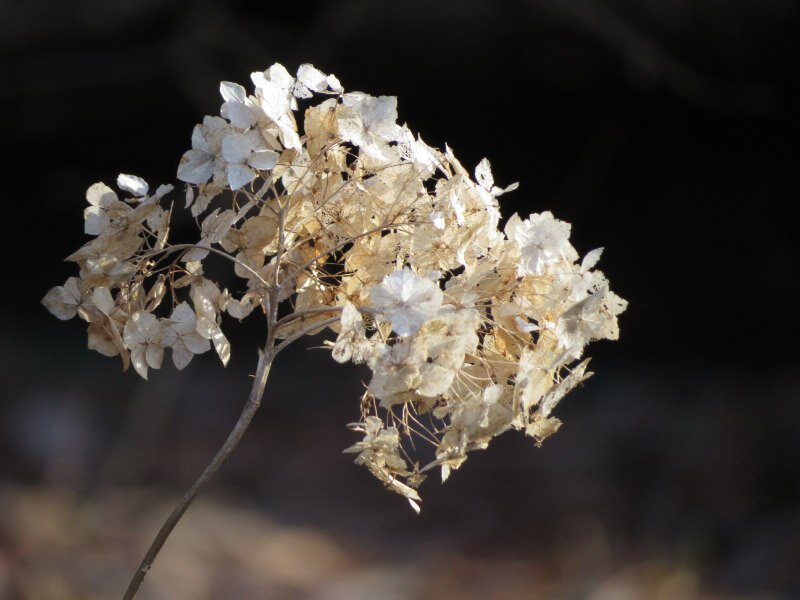Clifford E. “Bill” Hall Park in Carrollton
/The Bill Hall Park is a neighborhood park within walking distance of my parents’ house in Carrollton, Texas. It was developed just as their youngest grandchild was ready to enjoy it (he’s now in his 20s) so my mother thoroughly explored it with him. There has a playground and path through the small woods.
I chose a sunny day to walk over…passing under the electric towers right-of-way on a sidewalk.
There were dandelions blooming and going to seed on a berm behind a retaining wall near one corner of the park.
It hasn’t been cold enough this year to cause grass to go dormant or weeds to die back.
There was a small plant growing in one of the retaining wall drains that was wet (most of the others were dry) and had accumulated soil.
The park is surrounding by houses now, but it was once a farm and some of the rusted equipment is still around. The tree has grown around this rusting piece!
As I walked along the paved path through the woods, a group of blue jays made a ruckus. At first I thought they were reacting to me….but it was a hawk. They chased it through the woods. The tail had black and white bands…so not a red-tailed hawk. Maybe a red-shouldered. DFW Urban Wildlife has them second on the list of hawks seen in the DFW area.































